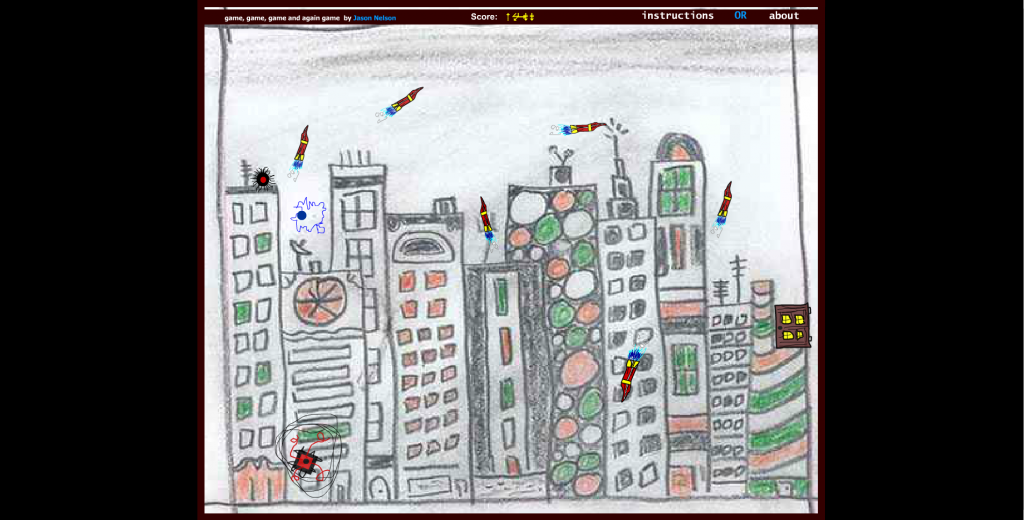When I was reading “Galatea”, or rather talking to Galatea, my experience quickly became one of exploration of a very small portion of the story. I seemed to kind of go in circles while I was looking for ways to continue to conduct the interview with Galatea. I ended up starting over the story several times, starting from where I had left off the previous time, in order to try and get further to within the story. To me this seemed like a definite part of the way the narrative is meant to be experienced. The story dealt with someone interviewing an inhuman intelligence and the difficulty of engaging in conversation within the story program could be representative of understanding a highly intelligent computer program and the challenges of accepting it as human or not. Overall the interactive element worked very well in this story because it was so open ended much like a conversation in real life would be.
“Howling Dogs” and “Those We Left Alive” were very good at establishing habits for the reader to participate in in order to progress the story. In ” Howling Dogs” particularly, the reader had to do five distinct steps before accessing the activity room. The activity room was were most of the meat of the story was but the steps you had to take to get to the room were what created the atmosphere of the story. The protagonist of the story is concealed to a small area on a long running mission and defining the limited amount of things to do in this space places the reader in the protagonists shoes, which in turns place them deeper into the narratives within the activity room. “Those We Left Alive” was similar in the way that the reader had to sleep in order to progress the story. After a while I found myself just sleeping the days away in order to get to the next part of the narrative. This actually added to the dark and depressing atmosphere of the story in my mind because the world described within the story isn’t one one I would be particularly fond of living in. I think the interactive elements in these stories functioned very similarly to the way VR functions. When wearing a Virtual Reality headset people are more willing to do things that they would otherwise find routine and boring just because they are experiencing the headset. A second reasoning for this is that I believe that people just like to complete tasks. By giving the reader a set of tasks that the protagonist must complete, Porpentine effectively gives a deeper and more sympathetic understanding of their characters to the reader.








